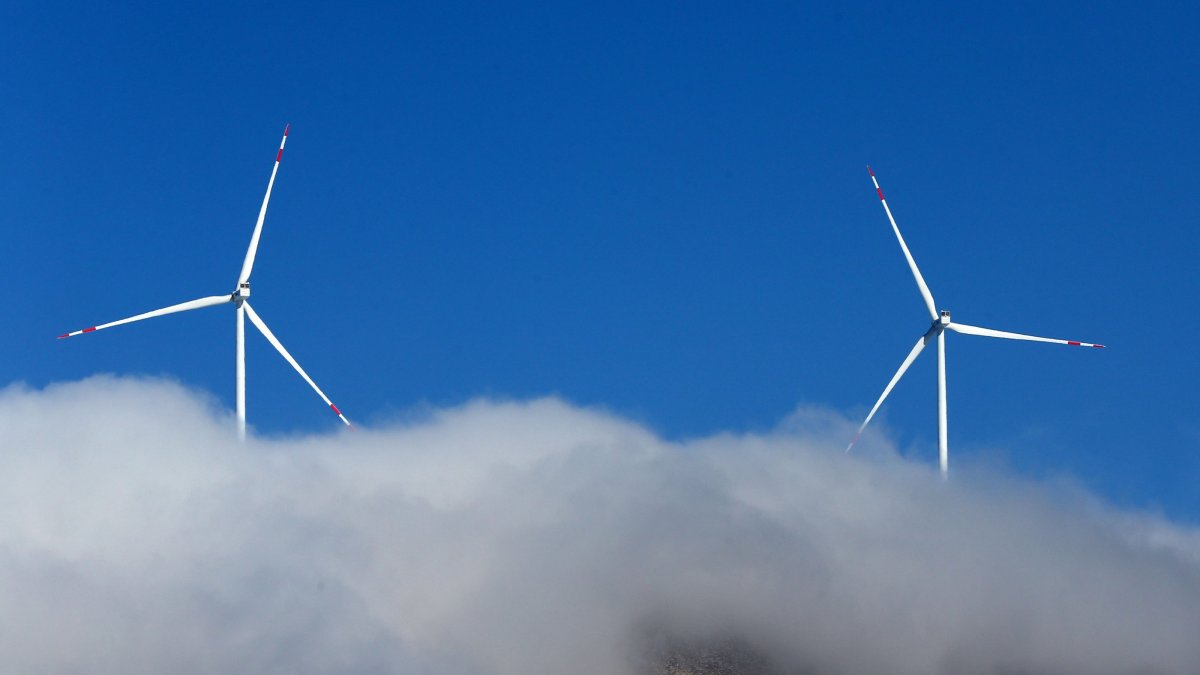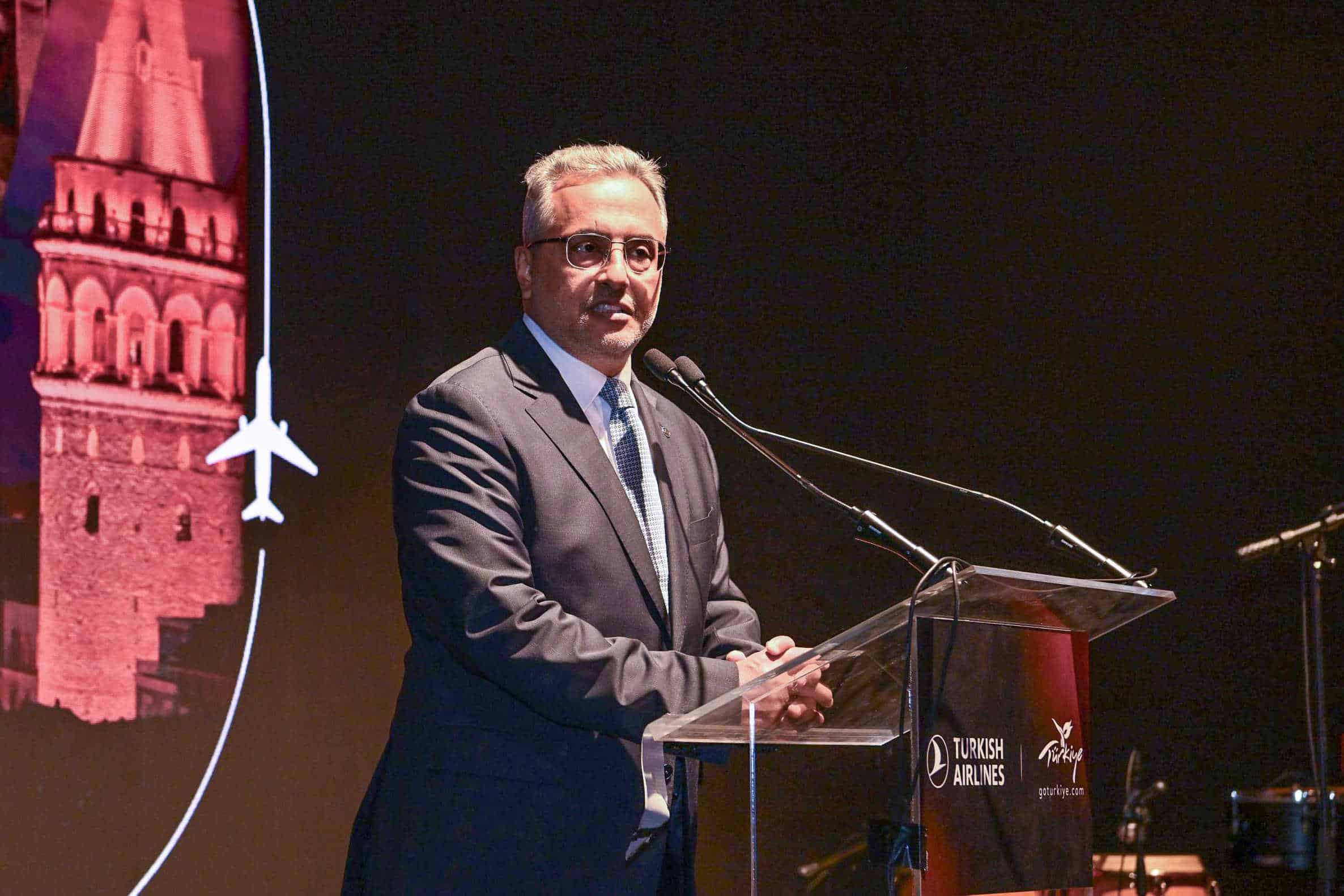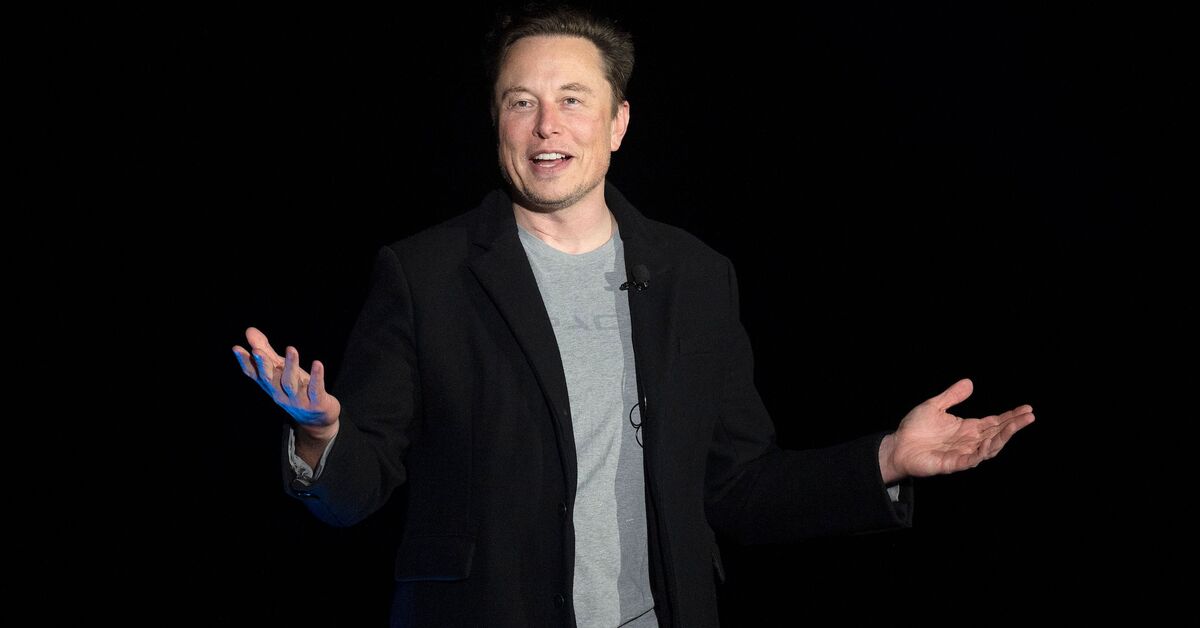Supply bottlenecks cause Turkey’s auto sector to lower sales targets
As auto brands in Turkey revised their sales targets for 2022 downwards due to the war in Ukraine, there is no hope of catching up with the previous year in terms of the total car market.
The ongoing Russia-Ukraine war is also escalating the supply crisis in global automotive production. While a loss of 5 million units is expected in global vehicle production, brands in Turkey have started to reduce their sales targets.
Skoda, one of the car brands most affected by the war, reduced its year-end sales target by close to 50%, a report published Monday by the Turkish daily Dünya showed.
Speaking at the Turkey launch of the new Skoda Fabia, Skoda Turkey General Manager Zafer Başar said that in addition to the global chip crisis that emerged with the COVID-19 pandemic, the Ukraine-Russia war also led to the scarcity of many components used in automotive production.
“There have been major changes in vehicle production plans after the production interruption of a factory from which we procure wiring harnesses. Until now, the customer, economy or political conjuncture was followed when making market forecasts. But technical problems from the factory were never a criterion for us when forecasting the market. We used to plan that enough vehicles would come and we would sell them,” said Başar, adding that they now act in line with the information received from the factories.
Stating that they revised their year-end sales targets for 2022 downwards due to the disruptions in production, Başar said: “Our target this year was actually to sell 50,000 vehicles. Our product range also allowed this. Now our goal is to exceed 25,000 vehicles. If there was production under normal conditions, we were planning to sell a minimum of 6,000 units of the new Fabia. But we aim to only sell enough Fabias to make up 10% of our total sales for this period.”
Year-end total sales expectations are also getting lower. Industry representatives had predicted at the beginning of 2022 that the market would exceed last year. The automobile and light commercial vehicle market was at the level of 737,000 units in 2021.
This year, the target of the sector was to exceed 780,000 units. However, it is almost impossible to reach this target due to both supply problems and the increase in vehicle prices.
Meanwhile, Hayri Erce, the head of the Automotive Distributors’ Association (ODD) said the whole equation regarding the 2022 forecasts has changed due to the war in Ukraine. Stating that they had predicted the COVID-19 pandemic would end at the beginning of 2022 and that the supply problem due to the chip crisis would decrease a little more every quarter and be completely resolved by the end of the year, he said: “In 2022, we thought that the determining factor in the market would be the exchange rate. However, the Russia-Ukraine war entered the equation as a new parameter.”
He added that 2022 will be difficult as the war will lead to supply bottlenecks for many raw materials and pull down economic growth.
“If we catch last year’s domestic market sales at the end of the year, it will be a great success,” said Erce, pointing out that there will be a domestic market where demand is getting harder. Erce also said the supply shortage is making itself felt more and more, but the demand side is still alive.
“Since there are upside risks in the exchange rate, people want to protect their money somehow. The automobile is seen as an investment tool,” he added.
“On the other hand, the activity continues in fleet sales. However, if the war continues, it will negatively affect both the domestic market and exports. We will experience a domestic market where demand is increasingly difficult. Because last year, demand was vibrant, there was a supply problem. Now this supply problem will continue and we will see breaks in demand,” he said.
Speaking to Dünya, the chairperson of the Gülan Automotive Alp Gülan said the supply problem in the domestic market is getting bigger. “Availability in sales has started to come to the fore again. Alternative solutions are trying to be made, but in general, it will be a year in which the problems in the supply of chips and cables will increase, as well as the record price increases in raw material prices, which will pressure the industry,” he explained.
Price hikes
The prices of some raw materials such as palladium, nickel and steel skyrocketed to record highs following Russia’s invasion of Ukraine. Automotive manufacturers have begun to reflect the increased production costs on prices.
Turkey’s Tofaş and France’s Renault are among the brands that made an increase in March, according to car dealers.
The prices of A, B and C-segment cars increased by 5% on average between Feb. 25 and March 25, the data of the automotive data analysis company Cardata showed.
Industry representatives stated that the increase in automobile prices will continue gradually.
Secondhand car market
Touching on the price hike and supply problem in the secondhand market, Otoshops General Manager Melih Mutlu said, “Demand for secondhand (cars) increased compared to January and February.”
“We are in a period where consumers are turning to vehicles with lower fuel consumption. There is a marked increase in the demand for used hybrid vehicles. The availability of new vehicles is still very low. We think that the supply problems caused by the war will continue to increase. New vehicle prices continue to increase regularly. Therefore, the prices of secondhand vehicles also increase in direct proportion,” said Mutlu, pointing out that there was an average of 8% increase between January and March.
“The market is expected to become more active in April. However, due to the low sales of new vehicles, there is a decrease in the supply of secondhand vehicles,” he added.





